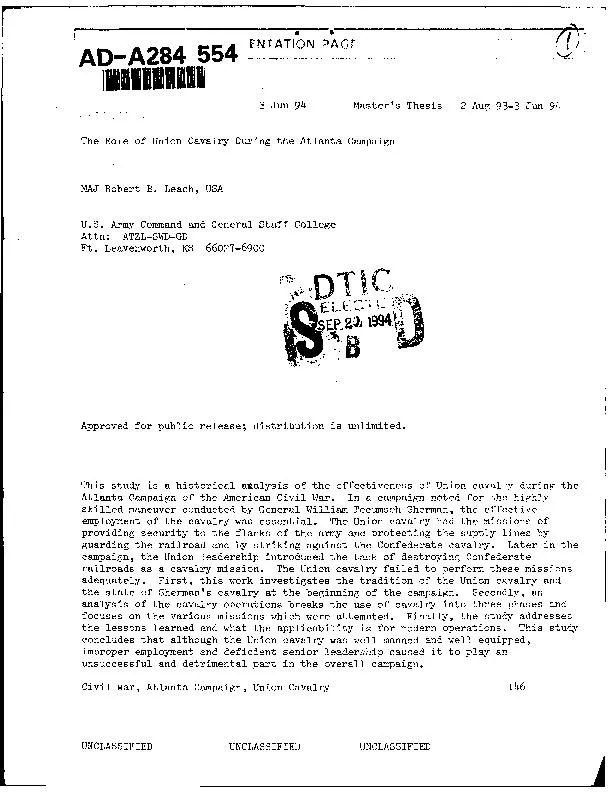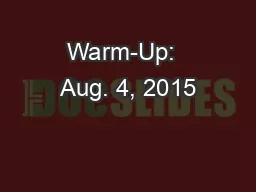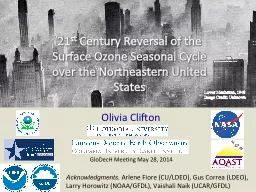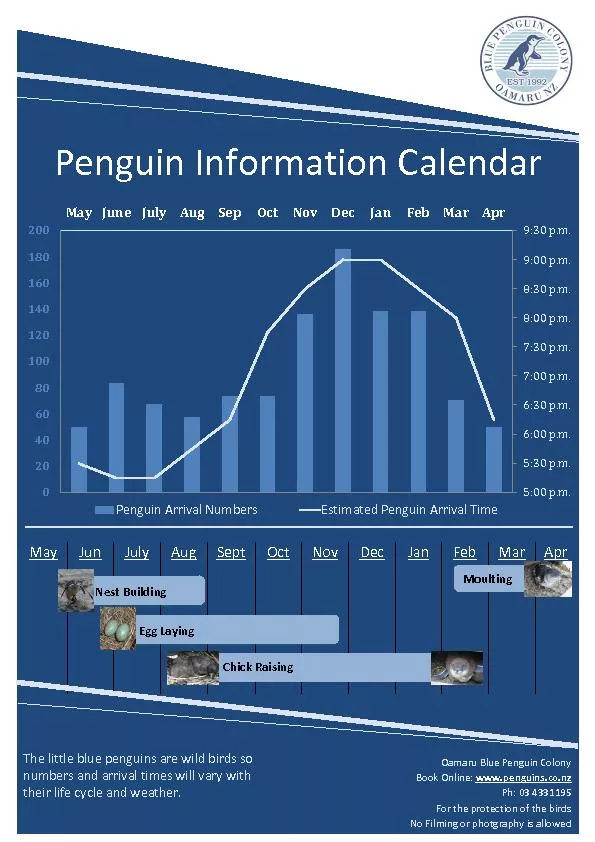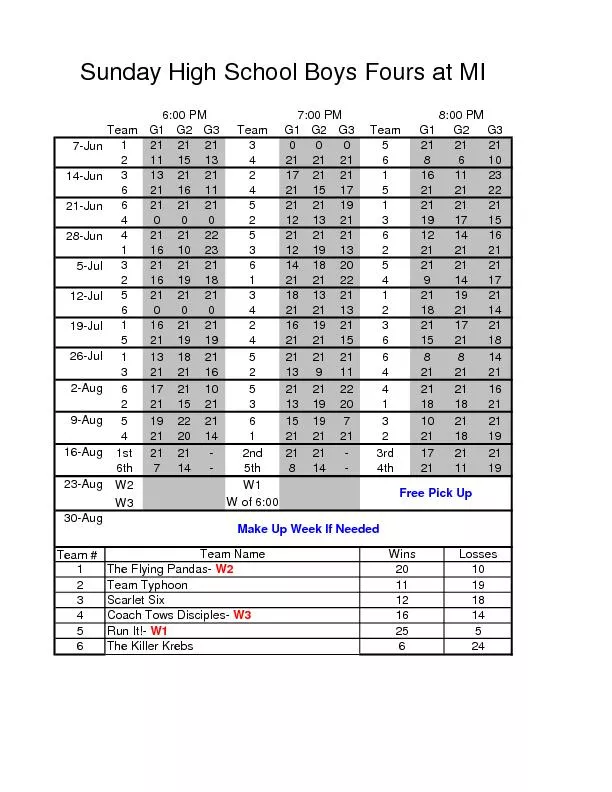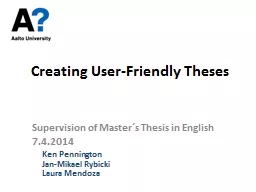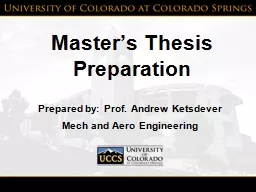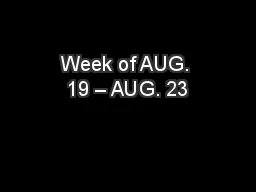PDF-3 Jun 94 Master's Thesis 2 Aug 93-3 Jun 94
Author : trish-goza | Published Date : 2016-03-05
ADA284 554 ETTO The Role of Union Cavalry During the Atlanta Campaign MAJ Robert B Leach USA US Army Command and General Staff College Attn ATZLSWDGD Ft Leavenworth
Presentation Embed Code
Download Presentation
Download Presentation The PPT/PDF document "3 Jun 94 Master's Thesis 2 Aug 93-3 Jun ..." is the property of its rightful owner. Permission is granted to download and print the materials on this website for personal, non-commercial use only, and to display it on your personal computer provided you do not modify the materials and that you retain all copyright notices contained in the materials. By downloading content from our website, you accept the terms of this agreement.
3 Jun 94 Master's Thesis 2 Aug 93-3 Jun 94: Transcript
Download Rules Of Document
"3 Jun 94 Master's Thesis 2 Aug 93-3 Jun 94"The content belongs to its owner. You may download and print it for personal use, without modification, and keep all copyright notices. By downloading, you agree to these terms.
Related Documents

